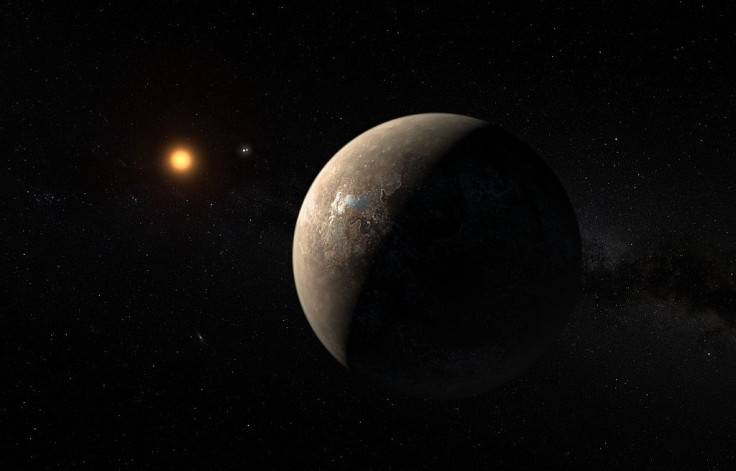Massive new exoplanet found in Milky Way's central core
According to reports, the new exoplanet is 13.4 times larger than Jupiter and orbits its parent star once in every 3 years at an approximate distance of 2.0 AU.

Using observations from Nasa's Spitzer Space Telescope and Optical Gravitational Lensing Experiment (OGLE), astronomers from Korea Astronomy and Space Science Institute have discovered a massive new exoplanet in the central core of our galaxy.
According to a report in Phys.org, the new exoplanet, dubbed OGLE-2016-BLG-1190Lb, is 13.4 times larger than Jupiter and orbits its parent star – a G dwarf with a mass equalling 0.89 solar masses – once in every three years at an approximate distance of 2.0 AU.
The entire system, as the report notes, is some 22,000 light years away from Earth in the galactic bulge.
The bulge or the central core of our galaxy is a place filled mostly with stars. It is extremely chaotic and has been hard to study for planet detection using conventional observational techniques.
However, on this occasion, the researchers detected OGLE-2016-BLG-1190Lb by studying a microlensing event using Spitzer and OGLE. The findings were presented in a paper published on October 27.
A microlensing event occurs when a star comes in front of another star. The gravitational pull of the nearer star bends the light of the star in the background and magnifies it. As a result, if any planet is orbiting the closer star (OGLE-2016-BLG-1190Lb in this case), it blocks the light of the distant magnified star and can be detected with the measurement of that light.
Put simply, the study of the event uses background stars as a flashlight. The method does not depend on the light of the parent star but requires one star to come in front of other, which could prove to be a very long and slow detection process.
It's worth noting the enormous mass of this exoplanet, which is just as much as a planet could have before igniting into a star, has also led scientists to keep the possibility that OGLE-2016-BLG-1190Lb could also be a brown dwarf with low-mass.
During a microlensing event, the mass and size of a planet can be measured with the study of how much light from the distant star is blocked and for how long.





